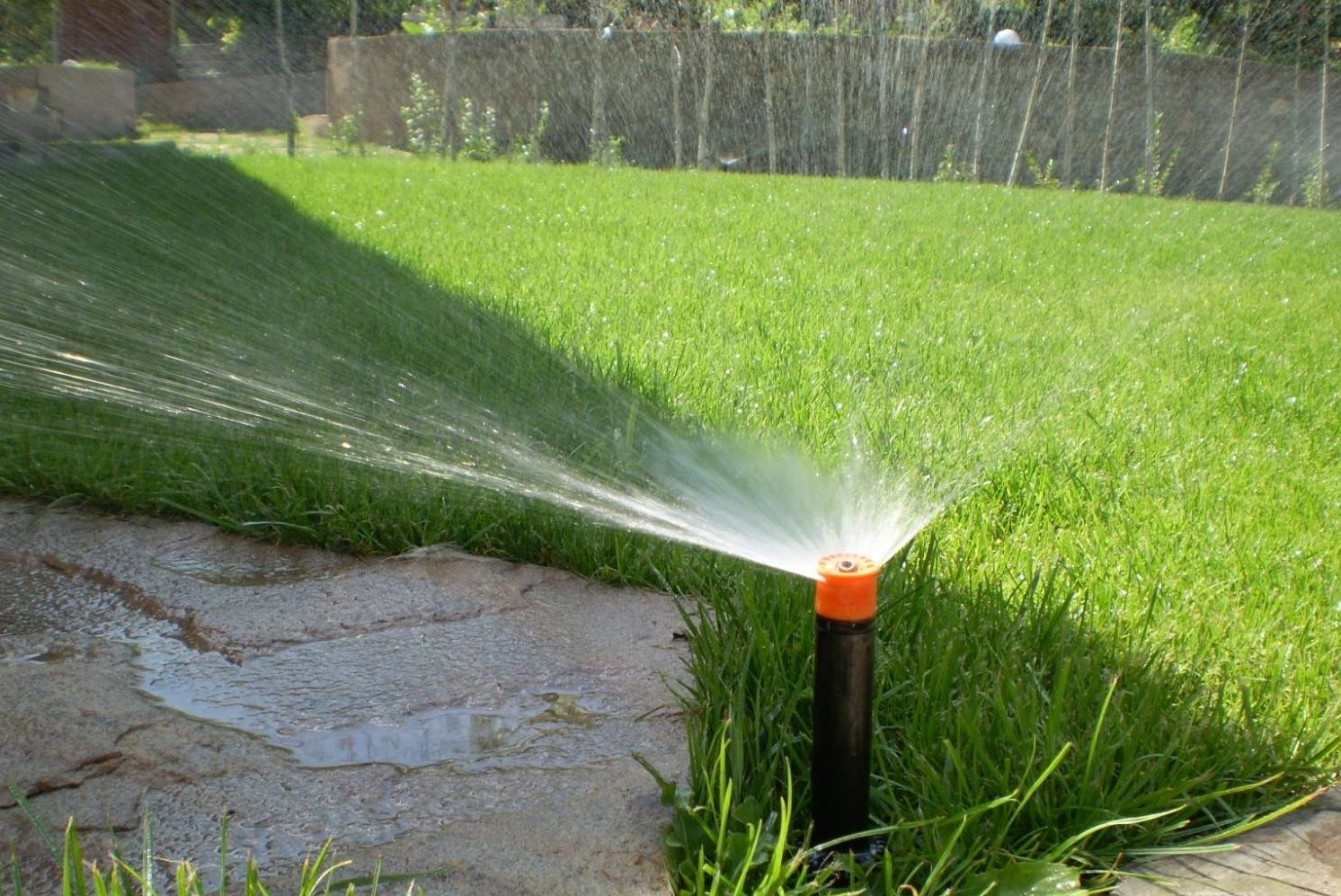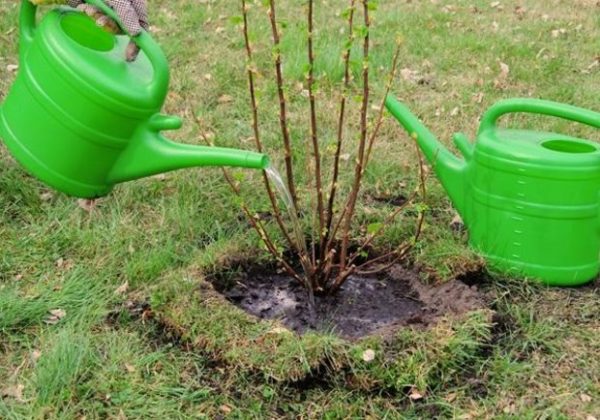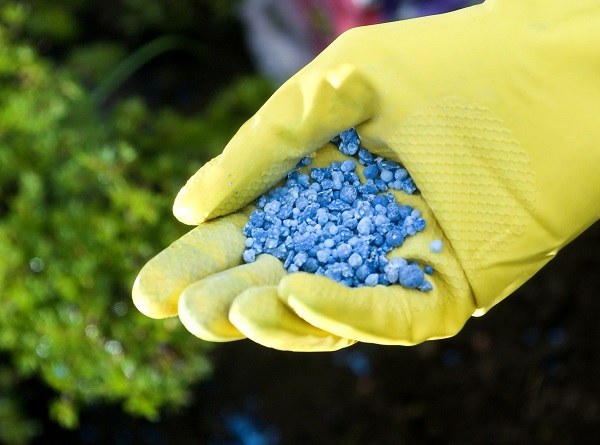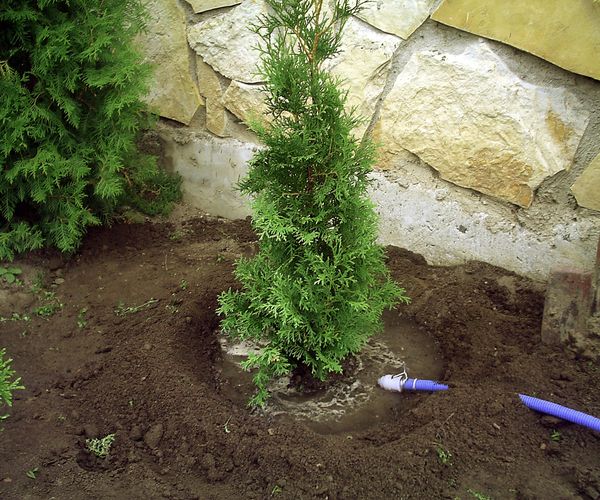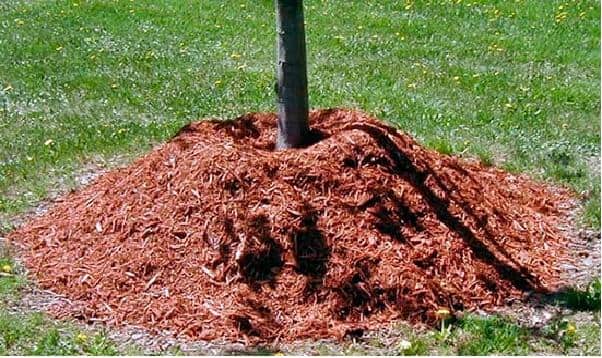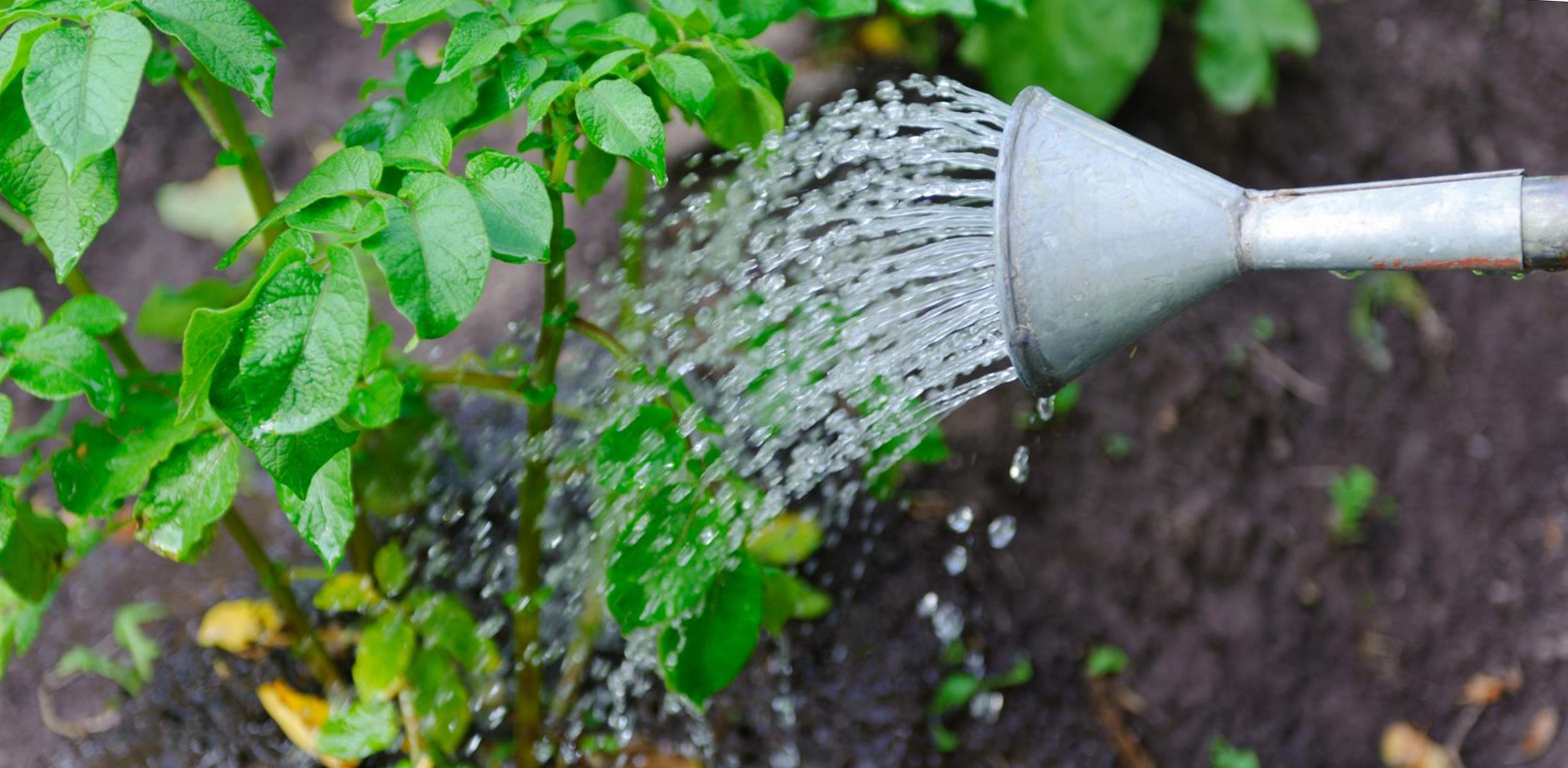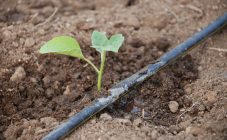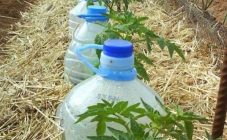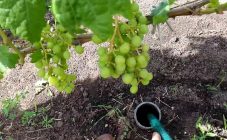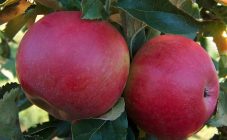Content:
Watering is an important agricultural technique that allows you to achieve a high yield of fruits and regulate its quality. Climatic conditions of temperate and subtropical natural zones vary from very humid (extra-humid) to very arid (extra-arid). This difference is explained by the remoteness of territories from the seas and oceans, the difference in heights above sea level, and the patterns of distribution of atmospheric precipitation on the globe. In areas with a lack of moisture, watering the trees in summer is necessary.
Why do you need watering garden trees and bushes
Horticultural crops develop during the growing season and successively undergo phenological phases of the beginning of sap flow, budding, flowering, fruit formation, growth and filling of fruits, ripening of the crop, leaf fall. In each period of development between two phenophases, plants need a different level of soil moisture. So, the greatest need for fruit trees and berry bushes during the period of growth and filling of fruits. During flowering and post-harvest periods, when plants are preparing for winter, the need for water is minimal.
Fruit crops come from different parts of the world. When deciding whether to give watering to the tree or not, the biological characteristics of the culture (drought-resistant or moisture-loving) are taken into account. They also carefully study the forecast weather conditions. If the garden has been watered recently, but it is known that a dry week with a hot south wind is approaching, then it is better to give excess moisture than to expose the plants to water stress.
Among the valuable fruits, the lion's share is from the humid regions of the world. The formation of juicy fruits rich in elements and sugars requires nutrients, which require a lot of moisture from the soil to dissolve. Avocado, pomegranate, coffee tree, lemon, persimmon, myrtle, blackberry cannot develop in the absence of moisture. Figs withstand periods of short drought, but in general it is a moisture-loving plant. When asked how often to water the figs in the summer, the answer is: water every 7-10 days until ripening begins.
The soil conditions of the site have a direct impact on the supply of plants with moisture. The more structured the soil, the better it conserves water. If sand predominates on the site, then before planting the garden, it is necessary to bring in clay and organic matter: peat, humus, compost or rotted mullein. If the soil is heavy, river sand is needed.
Rate and frequency of watering fruit trees and bushes in spring and summer
The irrigation rate is the volume of water poured out per unit area or per tree. To determine how much water is needed for watering trees, you need to imagine their root system. There will be enough water when the layer of irrigation water, after seeping into the soil, covers all the roots. So, proper watering of an adult tree with a height of 2.5-3.0 m will be ensured when a volume of water of 120-150 liters is supplied.
In the spring, before flowering, watering the garden is necessary if the snow cover was very weak, early dust storms began and the soil moisture reserves were depleted ahead of time. Berry and orchards are watered once before flowering. How to water blueberries if they are "water lovers"? Currently, blueberry varieties have appeared that are resistant to lack of water. In spring, blueberries are watered 2-3 times, summer watering every 5-6 days at the rate of 40-60 liters of water for each bush. Blueberries love acidification, so the space around the bushes is covered with peat in a layer of 3-4 cm.
Watering fruit trees in summer should be abundant and frequent. Effectively combining it with top dressing under the root or on a sheet apparatus. During this period, fruits grow. The more crops the trees have, the more water they need. Watering apple and pear in summer in hot weather should be at least 1 time in 7-8 days. As the fruit grows, some varieties of apple trees, after irrigation, may discard part of the harvest. If such a phenomenon occurs on the site, it is necessary to reduce the volume and frequency of the supplied water to 100 liters for one adult tree with a frequency of 1 time in 10-14 days. At the same time, cover the tree trunks with compost, straw or grass cuttings.
Many gardeners are wondering how often subtropical fruits should be watered: figs, lemon, avocado, peach, pomegranate, coffee tree and persimmon in summer? All these crops are hygrophilous, so in hot weather without precipitation they need irrigation every 5-6 days. As the fruits ripen, the timing of watering is shifted, they are given after 10-12 days and gradually stopped.
Frequent watering of currants and gooseberries every 5-7 days in early summer will provide large and juicy berries. For each currant bush, pour 50 liters of water. In the period from the beginning of ripening, irrigation is stopped, otherwise the berries may burst, and the gooseberry will get sick with powdery mildew. Apricot and plum need moderate watering in summer: every 8-12 days. Watering the blackberries during fruiting will provide large berries that will not crumble. Watering cherries is necessary every 6-7 days until ripening, so that the berries are large and juicy. Watering pears in the summer should be done every 5-6 days.
What happens if you water it while the fruit is ripening? Many of them will lose their quality, will be watery, the skin will crack, the fruits will not have the proper amount of sugar, they will not be stored.
Ornamental trees and shrubs also need frequent watering. For example, the Cossack and Virginian junipers are watered every 4-6 days, otherwise their needles turn reddish-yellow in the heat.
Features of watering fruit trees and bushes in the fall
Autumn is the time to prepare trees for the cold season. Cool nights begin from about the second decade of August. Irrigation is given less often. For apple and pear, 2-3 waterings per month are enough. Currants, gooseberries are watered 3-4 times a month. Apricot and sweet cherry trees that do not bear a harvest are enough to water 1-2 times.
In September, irrigation of all crops should be stopped. During this period, biochemical processes inside the wood are actively going on, associated with the gradual adaptation to cold weather and the development of winter hardiness. In October, the garden is given water-charging watering. The rate of subwinter watering of fruit trees is 2-2.5 times higher than usual. The purpose of the last fall irrigation is to saturate the soil layer with moisture until spring.
Watering young seedlings of fruit trees in the garden
Saplings immediately after planting in a permanent place need watering every 2-3 days for the first two weeks. Then the frequency of moisture supply is reduced to 1 time per week. At the end of summer, they give a break so that the young wood gets stronger and the tree can survive the frosts. The soil around the stems is kept under a layer of mulch.
During the period of active growth of young shoots on the plantings of the first year, the bole is formed. All leaves and shoots below the 60 cm mark are removed. Without waiting for next spring, future skeletal branches can be formed.
Grape seedlings are watered frequently, every 3-4 days. It is better to plant them on a dark film. Under such mulch, moisture is well retained, despite the strong heating of the coating. Seedlings of pomegranate, lemon are watered every 5-6 days, a young coffee tree - every 3-5 days.
Garden watering methods
Modern industry offers gardeners a choice of irrigation products. The traditional method of irrigation is surface irrigation: from a hose or pipe, water is distributed into holes, grooves or trenches between rows of trees. Turning on and off water can be automated using sensors.
Drip irrigation is very easy to implement. It is recommended where there is a high deficit of irrigation water. Irrigation rates, which are given with the surface method, are halved when watering through droppers. Tubes with built-in emitters are laid out around boles or along rows. Each line is supplied with a separate tap, which, if necessary, can be shut off.
Subsoil watering is arranged in new areas before the garden is planted. The construction of an irrigation system underground is laborious and costly, but it gives a high economic effect from saving water and increasing the yield of fruit crops. Perforated plastic pipes are laid at a depth of 40-60 cm with a slight slope. First, you need to make protective screens against moisture loss at a depth of 1-1.2 m. At the end of the row, drain the excess water from the pipeline. The system is fully automated. You can go on vacation without fear that the garden will not be watered.
For moisture-loving gardens with dwarf varieties of lemons, pomegranates, myrtle, coffee, ornamental decorators, spray irrigation is suitable. This method regulates the microclimate and makes it favorable for the growth of crops and human stay in the garden. Sprayers with different droplet sizes can be found in specialized stores.
So, watering for any garden is an important event that you cannot do without. The frequency and volume of water supply, the way it is delivered to the roots of plants are among the issues that every caring gardener must solve. Older and tall trees with a lot of crops need more water for irrigation. It is necessary to follow the weather forecast in order to plan irrigation and avoid periods of waterlogging and drought in the zone of suction roots.
So, moisture-loving plants need more frequent watering, combined with top dressing under the root, irrigation water or on a leaf. In the fall and during the ripening period, watering is less frequent and less. In September, the garden is not watered. Water-charging irrigation is given in October.
